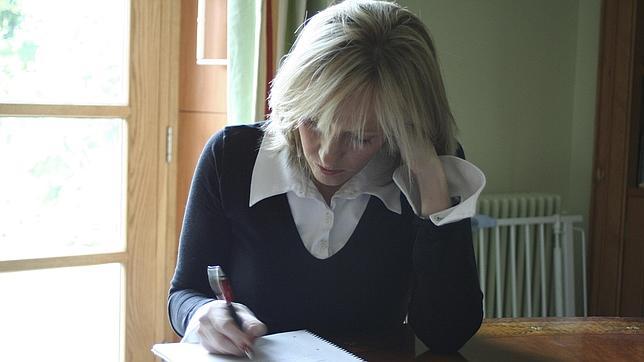Mastering English Grammar: Key Concepts
Passive Voice with ‘By’ (Simple Past)
Structure:
- Subject + was/were + past participle + by + agent.
Example:
- The book was written by J.K. Rowling.
- The cookies were baked by my grandmother.
Use:
The passive voice is used when we want to emphasize the action or the object of the sentence instead of who performs the action. This is useful in contexts where the agent is not relevant or unknown.
Additional Example:
- The movie was directed by Steven Spielberg.
- The painting was created by Van Gogh.

Passive Voice without ‘By’ (Simple Present)
Structure:
- Subject + is/are + past participle.
Example:
- The car is washed every week.
- The homework is completed on time.
Use:
The passive voice without “by” is used to express habitual or general actions. In this case, the focus is on the action itself.
Additional Example:
- The letters are delivered every day.
- The reports are reviewed before submission.
Past Continuous vs. Simple Past
Structure:
- Past Continuous: was/were + verb + -ing.
- Simple Past: verb in past form (regular or irregular).
Examples:
- Past Continuous: I was reading when she called.
- Simple Past: I read the book yesterday.
Use:
- Past Continuous describes actions that were ongoing at a specific moment in the past.
- Simple Past refers to actions that were completed at a specific moment in the past.
Additional Example:
- While I was walking in the park, it started to rain.
- Last week, I visited my grandparents.
Present Perfect Continuous
Structure:
- have/has been + verb + -ing.
Example:
- I have been studying for three hours.
- She has been working here since 2020.
Use:
It is used to talk about actions that began in the past and continue to the present. This tense emphasizes the duration of the activity.
Additional Example:
- They have been living in this city for five years.
- We have been waiting for the bus since 10 a.m.
Participles and Adjectives
Participles:
- Past Participle: usually ending in -ed (or irregular forms).
- Present Participle: always ending in -ing.
Examples:
- Adjective (Past Participle): The broken vase was on the table.
- Adjective (Present Participle): The exciting game kept us on the edge of our seats.
Use:
Participles function as adjectives to describe nouns, providing more information about characteristics or states.
Additional Example:
- The excited children waited for the show to start.
- The tired workers went home after a long day.
Relative Pronouns for People and Things
Relative Pronouns:
- For people: who, whom.
- For things: which, that.
Examples:
- The teacher who taught me is great.
- The book that I borrowed was fascinating.
Use:
Relative pronouns are used to connect two sentences and provide more information about a subject or object.
Additional Example:
- The artist who painted this picture is famous.
- The car which I bought last year is very fast.
Descriptive Adjectives
Positive: 😀
- Amazing
- Entertaining
- Amusing
- Fantastic
- Fascinating
- Hilarous
- Wonderful
- Incredible
- Outstanding
- Strange
- Surprising
Negative: 😢
- Annoying
- Awful
- Bizarre
- Boring
- Confusing
- Disgusting
- Dumb
- Horrible
- Hysterical
- Odd
- Ridiculous
- Silly
- Strange
- Stupid
- Terrible
- Weird
